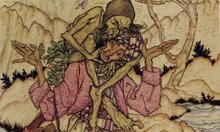 Wonders and invention … detail from an Arthur Rackham illustration for Arabian Nights.
Wonders and invention … detail from an Arthur Rackham illustration for Arabian Nights.
Consolatory fantasies or wise counsel? Materialist lies or emancipatory dreams? Popular trash or the fundamental structure of imaginative literature? Fairytales still provoke vigorous argument. Advocates point to the way they ignite the imagination and spark hopes of liberty. Detractors attack their suspect artistic quality and their damaging social and moral effects. Both take up their positions on ethical grounds, because fairytales continue to dominate family entertainment in books and other media. They matter because young minds and the shaping of values are at stake. Yet what they mean and what effects they have remain open questions.
When I first began working on fairytales, they weren’t really considered a proper subject of study, and I felt inhibited about my enjoyment of them: was I betraying my feminist loyalties? Was I letting down the cause of high art and serious literature? But fairytales had grown up in the 70s: Anne Sexton’s savage poems and Angela Carter’s celebrated revisionings took them out of the nursery. Since then, they have been growing ever darker and more disturbing, especially as the Grimm brothers’ violent, deadpan ways of telling now dominate definitions of the genre. On the one hand, they are merging with gothic macabre and comic menace and, on the other, are gradually becoming intertwined with deep psychological explorations of tragedy and myth. Parents are rightly puzzled as to whether they should be reading them to their children, though children relish the gore and vengeance.
The most lingering and powerful tales don’t always have an original written text, but shapeshift through time, bobbing about on the streams of story. I’ve tried to choose 10 of the most inspiring, and include some of the great collectors; but as in any exercise of this kind, there are so many that I have had to leave out.
A ferocious tale of family strife, cannibalism, magic and restoration, it crystallises the stark character of the Grimms’ collection (interestingly, it was collected and written down by the great romantic dreamer-artist of spooky children, Philipp Otto Runge).
Andersen can be mawkish and morally mean, but this story is as near-perfect a fairytale as can be: the boy Kai, in frozen thrall to a cruel, enchanting mother figure, is saved by the loyalty and courage of Gerda.
Source: www.theguardian.com
You might also like:
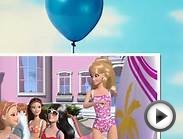
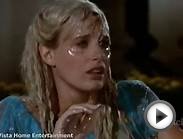
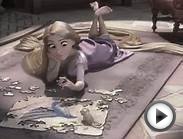
Related posts:
- World Famous fairy Tales
- Top novels for women
- Top novels for tweens
- Literature Themes
- Top schools for Detectives
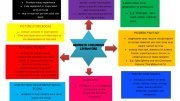























In literature, tone is the writer's attitude toward his readers and his subject; his mood or moral view. for now!